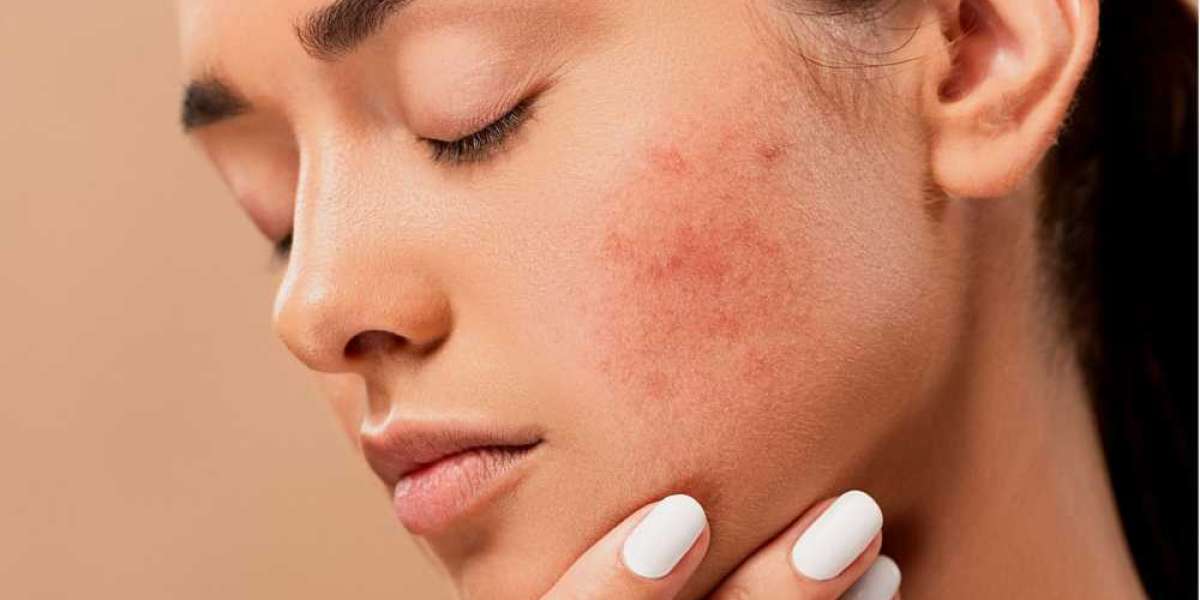What are Scars?
Scars are a type of connective tissue that replaces normal skin after an injury. They are part of the skin's natural healing process after damage from cuts, burns, spots or general skin conditions. When skin is injured, the body activates its repair mechanisms. This involves collagen—a fibrous protein—being laid down on top of new tissue to strengthen the healing area. This collagen build up results in a scar.
Types ofScars
Keloid vs Hypertrophic Scars
Keloid and hypertrophic scars are thick, red and raised scars that extend beyond the original borders of the wound. Keloid scars tend to continue growing even after healing has finished. Hypertrophic scars are confined to the wound area. Genetics play a role in keloid scarring—those with darker skin tones are more prone to keloid scarring.
Atrophic Scars
Atrophic scars are sunken in compared to the normal skin. They have lost volume underneath. Common types include box scars, ice pick scars and rolling scars. Atrophic scarring occurs due to a lack of collagen production during healing.
Stretch Marks
Stretch marks or striae occur when the dermis tears from rapid stretching of the skin. They commonly appear during pregnancy or periods of rapid weight gain or muscle growth. Stretch marks arise due to excessive cortisol levels weakening collagen structures.
Surgical Scars
Cleanly incised surgical scars tend to heal well with minimal tissue disruption. However, deeper or irregularly shaped incisions from procedures like C-sections are more prone to hypertrophic scarring issues.
Treating and Minimizing Scars
Lasers and Light Therapies
Pulsed dye laser, fractional laser and intense pulsed light treatments work by targeting hemoglobin in the scar tissue to break up overly thick collagen bundles. This encourages new collagen production for a smoother appearance. A series of 4-6 treatments several weeks apart works best.
Topical Scar Creams and Gels
Creams containing silicone, vitamin E or collagen-enhancing peptides such as Madecassoside regularly massaged into scars can improve appearance by hydrating, softening and smoothing the scar tissue over several months. Products should be used indefinitely for optimal results.
Corticosteroid Injections
These powerful anti-inflammatory injections contain medications like triamcinolone acetonide which reduce scar thickness and redness when administered directly into a raised scar. Multiple treatments may be required for optimal effect, with monitoring from a doctor.
Compression Garments
A compressive bandage, wrap or silicone gel/fabric sheeting worn over new scars helps flatten them at the key initial remodeling phase by limiting mobility and external friction. This minimizes collagen overproduction beneath.
Dermabrasion/Microdermabrasion
These cosmetic procedures physically resurface the upper scar layers using a wire brush, diamond tip or crystal exfoliants. This stimulates new collagen production, smoothing and fading scars. Multiple treatments spaced 3-4 weeks apart over several months are needed.
Alternative Therapies
Massage, essential oils including lavender and frankincense, microneedling, bio-oils and scar remodeling creams containing onion extract or Madecassoside from centella asiatica plant have anecdotal benefits. More research is still needed on their scar-fading mechanisms and effectiveness. Controlled light therapy and laser techniques tend to provide more clinically validated outcomes.
Newer scar treatments incorporating microneedling or fractional radiofrequency for deeper collagen stimulation also shows promise based on preliminary studies. As more data emerges in coming years, evolving non-surgical scar revision options may make significant improvements over conventional topicals and surface ablations alone. An integrated approach tailored to scar type usually provides the best overall results.
Regular scar maintenance is important to fade old scars and prevent new ones from becoming thick or raised. Consulting a board-certified dermatologist on the treatment strategy best suited can help improve even challenging scars. While full scar removal may not always be possible, minimizing appearance and thickness makes them less noticeable over time.
In Summary, journey into the world of scar treatment management and witness the synergy between science and compassion. Explore holistic approaches that address not only the physical aspect of scars but also the emotional toll they can take, offering patients a path to healing both inside and out.








